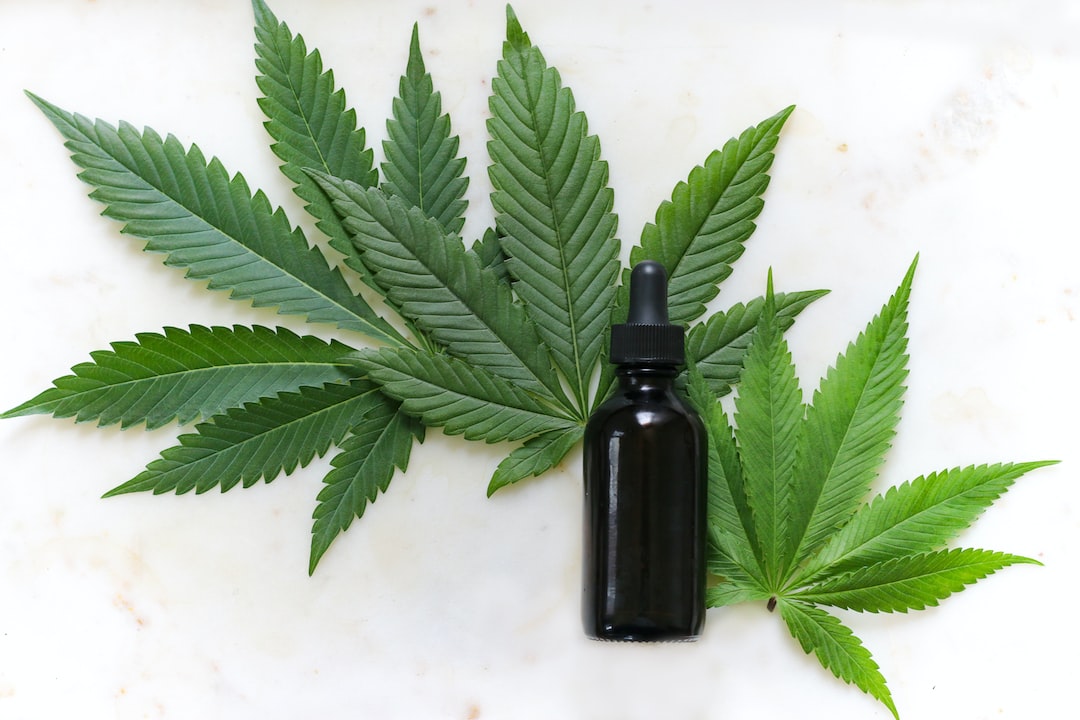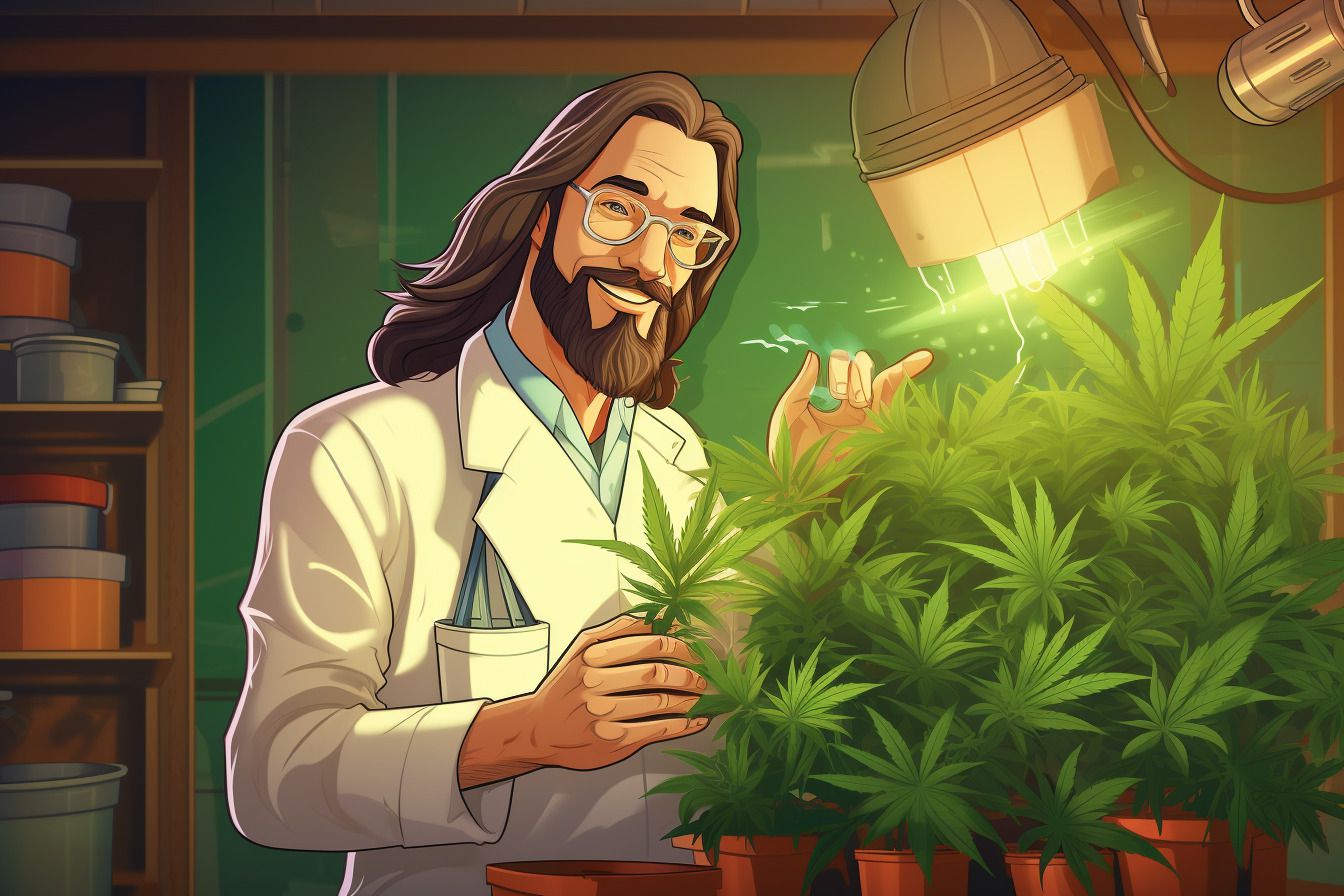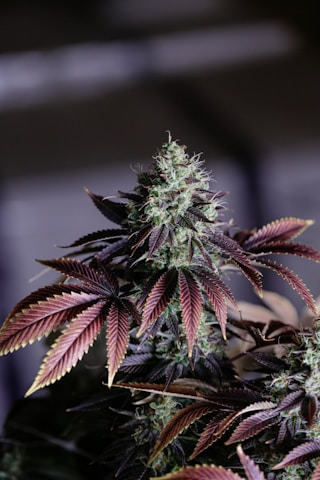
Our goal for this blog is to help you achieve the best possible growth by guiding you through the cannabis plant lifecycle. We’ll share some valuable tips and tricks, making sure your cannabis plants thrive every step of the way. So, sit back, relax, and let’s dive into the wonderful world of cannabis cultivation!
Understanding the Cannabis Plant Lifecycle
Seed Stage
It all starts with a tiny seed. But not just any seed – high-quality seeds are essential for growing healthy and potent plants. Invest in the best seeds you can find, as they’ll provide the foundation for your cannabis cultivation journey.
Once you have your seeds, it’s time for germination. This is when the seed starts to sprout and develop into a seedling. You can encourage germination by providing a warm, moist environment. Some popular methods include using wet paper towels, peat pellets, or simply planting the seeds directly in the soil.
Vegetative Stage
As the seedling grows, it enters the vegetative stage. This phase is all about rapid growth and large, vibrant leaves. Your cannabis plants will be busy photosynthesizing, turning light into energy to fuel their expansion.
For optimal growth during this stage, provide your plants with plenty of light (at least 18 hours per day), a stable temperature between 70-85°F (21-29°C), and consistent humidity levels. Don’t forget to feed your plants with the right nutrients – nitrogen, phosphorus, and potassium are particularly important at this stage.
Read: Managing your cannabis plant temperature
Flowering Stage
Next up is the flowering stage, when your plants start producing those beautiful, fragrant buds we all love. It’s important to know the difference between male and female plants – only female plants produce the smokable buds, while male plants produce pollen for fertilization.
Pollination occurs when pollen from male plants reaches the female plants’ flowers, resulting in seed production. If you’re growing cannabis for its buds, you’ll want to separate the males from the females to prevent pollination and seed production.
To create the perfect environment for bud development, reduce the light cycle to 12 hours per day and maintain a slightly cooler temperature (65-80°F / 18-26°C). Ensure your plants receive the right nutrients, with a focus on phosphorus and potassium during this stage.
Harvesting, Drying, and Curing
The moment you’ve been waiting for – harvest time! But how do you know when your plants are ready? Look for signs like the majority of the pistils (hair-like structures) turning brown and the trichomes (crystal-like resin glands) becoming milky or amber in color.
After harvesting, it’s essential to properly dry and cure your buds to achieve optimal potency and flavor. Hang the buds upside down in a dark, cool, and well-ventilated area for 7-14 days to dry. Once dry, place the buds in airtight jars and store them in a cool, dark place, opening the jars daily for the first week or two to release excess moisture. This curing process can take anywhere from 2-4 weeks, but the longer you cure, the better the end result will be.
Tips for Nurturing Each Stage of the Cannabis Plant Lifecycle
Seed Stage
First things first: choose the right cannabis seeds for your needs. Consider factors like strain, type (regular, feminized, or autoflowering), and your growing environment. Remember, high-quality seeds set the stage for a successful grow.
To kickstart germination, provide a warm and moist environment. This will encourage the seeds to sprout and start their journey towards becoming beautiful cannabis plants.
Vegetative Stage
Light is key during the vegetative stage. Ensure your plants receive ample light (at least 18 hours per day) for healthy growth. Keep an eye on temperature and humidity levels, too – a stable environment is crucial for optimal growth.
Don’t forget to feed your plants with the right nutrients! Nitrogen, phosphorus, and potassium are essential during the vegetative stage, so make sure your plants get enough of these vital nutrients.
Flowering Stage
To encourage flowering, switch the light cycle to 12 hours on and 12 hours off. This will signal to your plants that it’s time to start producing buds. Monitor temperature and humidity levels during this stage, as a stable environment is necessary for optimal bud development.
It’s also essential to feed your plants the right nutrients for flowering and bud growth. Focus on phosphorus and potassium, while reducing nitrogen levels, to help your plants produce big, potent buds.
Harvesting, Drying, and Curing
Timing is everything when it comes to harvesting. Harvest at the right time to maximize potency and yield, paying close attention to the color of the pistils and trichomes as your plants mature.
Finally, ensure you dry and cure your buds properly to preserve their quality. A slow and steady drying process, followed by a patient cure, will reward you with flavorful, potent cannabis that’s sure to impress.
Common Issues and How to Address Them
Pests and Diseases
Cannabis plants, like any other, can fall victim to pests and diseases. Common culprits include spider mites, aphids, whiteflies, and fungal infections like powdery mildew. Prevention is key, so keep your grow area clean and monitor your plants regularly.
If you do spot a pest or disease, act fast. Remove affected leaves, use natural or chemical treatments (depending on your preference), and consider introducing beneficial insects like ladybugs to help control the problem. Always follow the recommended guidelines for any treatments you apply.
Nutrient Deficiencies and Overfeeding
Striking the right nutrient balance is crucial for healthy cannabis plants. Nutrient deficiencies or overfeeding can lead to issues like yellowing leaves, poor growth, and reduced yields. Learn the signs of common deficiencies (such as nitrogen, phosphorus, or potassium) and overfeeding to catch problems early.
Maintaining balanced nutrient levels is essential. Start by using a high-quality nutrient mix and follow the recommended feeding schedule. Adjust your nutrient ratios depending on your plants’ stage of growth, and always monitor your plants for signs of deficiency or overfeeding.
Environmental Stressors
Environmental factors like temperature, humidity, and light levels play a significant role in your plants’ health. Stress from inconsistent or extreme conditions can stunt growth, reduce yields, or even kill your plants.
Manage environmental stressors by maintaining a stable temperature (70-85°F / 21-29°C for vegetative stage and 65-80°F / 18-26°C for flowering stage), keeping humidity levels consistent (40-70%, depending on the stage of growth), and providing the right amount of light for each stage. Remember, a happy plant is a healthy plant!
Conclusion
Understanding and nurturing the cannabis plant lifecycle is key to achieving optimal growth and a bountiful harvest. By applying the tips and information we’ve shared throughout this blog, you’ll be well-equipped to tackle every stage of your plants’ journey, from seed to harvest.
Now it’s your turn! Put these tips to the test and watch your cannabis plants flourish. We’d love to hear about your experiences, tips, and questions, so feel free to share them in the comments below. Let’s foster a sense of community among cannabis enthusiasts and help each other grow the best buds possible!
And remember, our team of seasoned growers is always here to assist you. Don’t hesitate to reach out if you need any help or advice. Happy growing!







